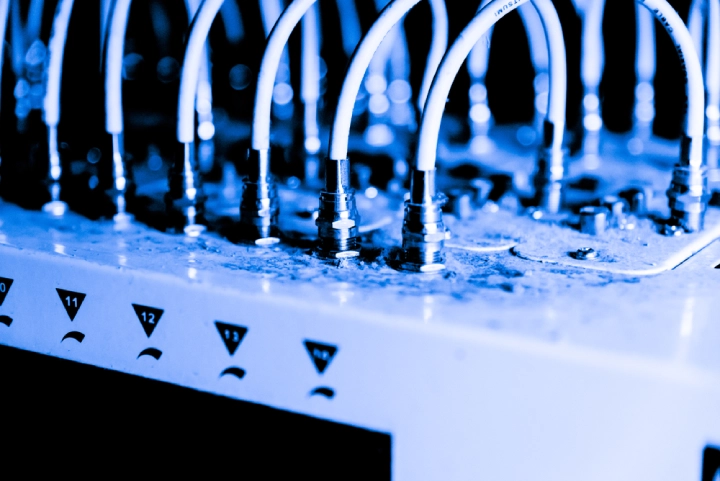
Dynamic Host Configuration Protocol (DHCP) allows data to move between any two or more organisations in the field of communications. These protocols can be implemented using hardware, software, or a mix of the two.
For example, DHCP Server, a networking server role that may be deployed on a network to lease IP addresses and other information, is supported by both Windows Server 2016 and 2022.
What is DHCP?
DHCP is a client/server protocol that handles a variety of jobs. First and foremost, it relieves network administrators of the need to manually pick out IP addresses, which is not only time-consuming but also counter-productive because it leads to more mistakes.
The purpose of this protocol is to automatically assign an IP address and other configuration information to an Internet Protocol host in order for it to connect to other IP networks. Examples include subnet mask, router, domain name server, hostname, and domain name.
The core mechanism is that a DCHP server sends configuration data to requested clients in line with the administrator’s regulations.
How does DHCP work?
When a device, wired or not, tries to connect to a specific network supporting DHCP, it sends an IP address request to a so-called DHCP server.
When a device attempts to join a DHCP-enabled network, it sends an IP address request to a DHCP server. Furthermore, because the asking device lacks its unique IP address upon connecting to the network, it distributes the request. To finish the operation, the server assigns it an IP address.
After monitoring how the device is used, it returns the address when it shuts down or after a specified length of time. The IP address is then returned to the DHCP server’s address pool, where it can be assigned to another device.
The BOOTP (bootstrap protocol) that it replaced is no longer supported since it only works on IPv4 networks. Using DHCP has a number of advantages. For instance, it provides a stable IP address configuration, eases network administration responsibilities, works with portable devices, and allows network administrators to make changes without disturbing end users, among other benefits.






